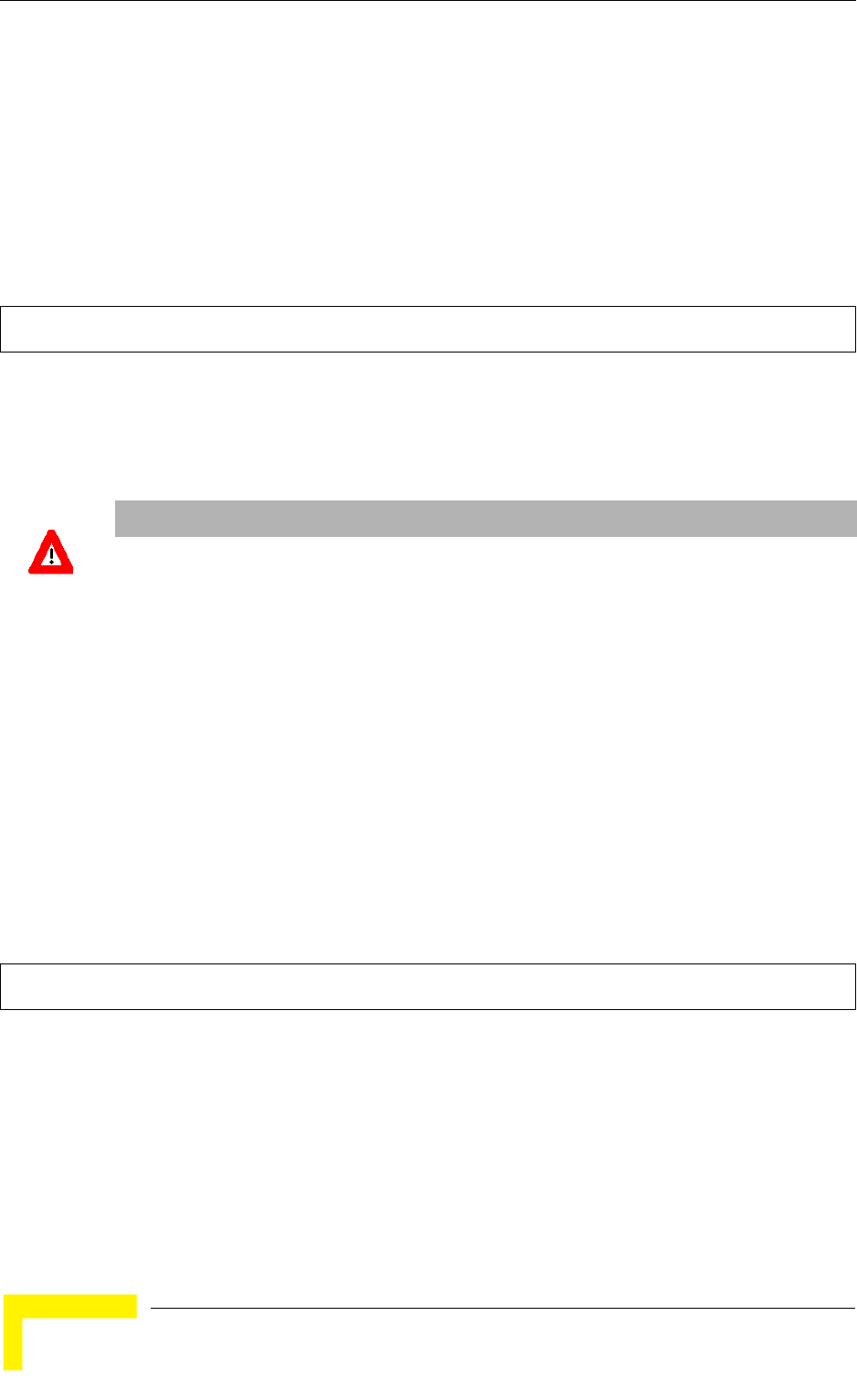
152 Operation
Chapter 5 - Command Line Interface
• IP address can be configured for SNMP, web and Telnet access respectively. Each of these groups
can include up to five different sets of addresses, either individual addresses or address ranges.
• When entering addresses for the same group (i.e., SNMP, web or Telnet), the AP will not accept
overlapping address ranges. When entering addresses for different groups, the AP will accept
overlapping address ranges.
• You cannot delete an individual address from a specified range. You must delete the entire range, and
reenter the addresses.
• You can delete an address range just by specifying the start address, or by specifying both the start
address and end address.
Example
This example restricts management access to the indicated addresses.
5.5.15 APmgmtUI
This command enables and disables management access to the AP through
SNMP, Telnet and web interfaces.
Syntax
APmgmtUI <[SNMP | Telnet | Web] enable | disable>
• SNMP - Specifies SNMP management access.
• Telnet - Specifies Telnet management access.
• Web - Specifies web based management access.
- enable/disable - Enables or disables the selected management access method.
Default Setting
All enabled
Command Mode
Global Configuration
Example
This example restricts management access to the indicated addresses.
5.5.16 show apmanagement
This command shows the AP management configuration, including the IP
addresses of management stations allowed to access the AP, as well as the
interface protocols which are open to management access.
Enterprise AP(config)#apmgmtip multiple 192.168.1.50 255.255.255.0
Enterprise AP(config)#
CAUTION
Secure Web (HTTPS) connections are not affected by the UI Management or IP Management
settings.
Enterprise AP(config)#apmgmtui SNMP enable
Enterprise AP(config)#


















